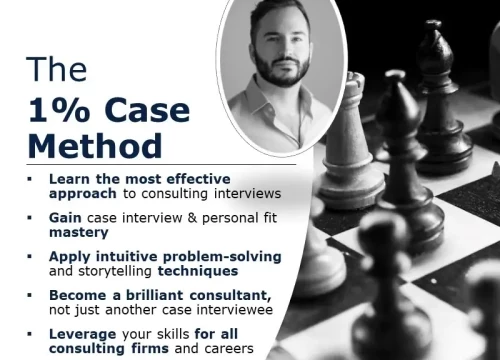This is something I haven't found any precise guidance on.
Whereas it can be considered general knowledge that one should take around 90 seconds to come up with a structure, it is quite unclear how long to take to present the structure.
I've seen coaches here advising 90 seconds as well. I've seen other coaches in example mock interviews take at least 3 minutes or more to lay out the initial structure.
Particularly when wants to go deeper down the branches of the structure and add some case specific insights to rather generic buckets, I feel like one easily takes 2.30 min.
What is the general advice here?
